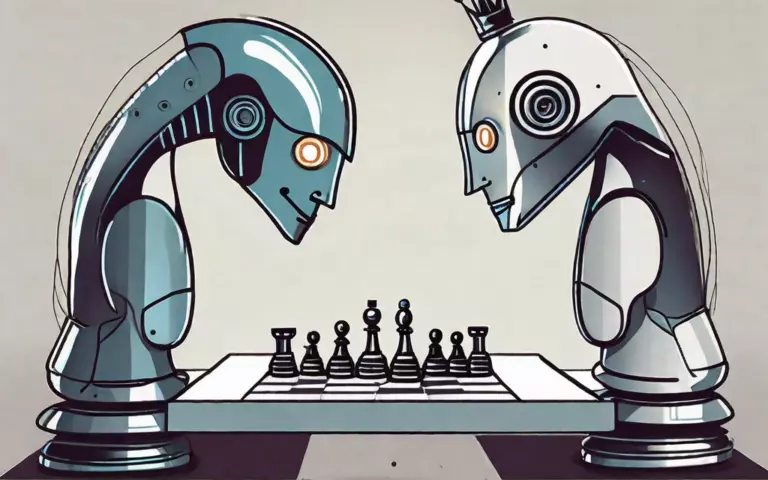9th September 2024
ChatGPT and AutoGPT are models that have transformed the way we interact with machines, making them more human-like and intuitive. But how do these two models compare? Let’s delve into a comparison of ChatGPT and AutoGPT. Understanding ChatGPT ChatGPT, developed by OpenAI, is a language model designed to generate human-like text based on the input it receives. It uses a machine learning technique known as a transformer, which enables it to generate coherent and contextually relevant responses. One of the key features of ChatGPT is its ability to maintain a conversation. It can understand the context of a discussion and respond […]




